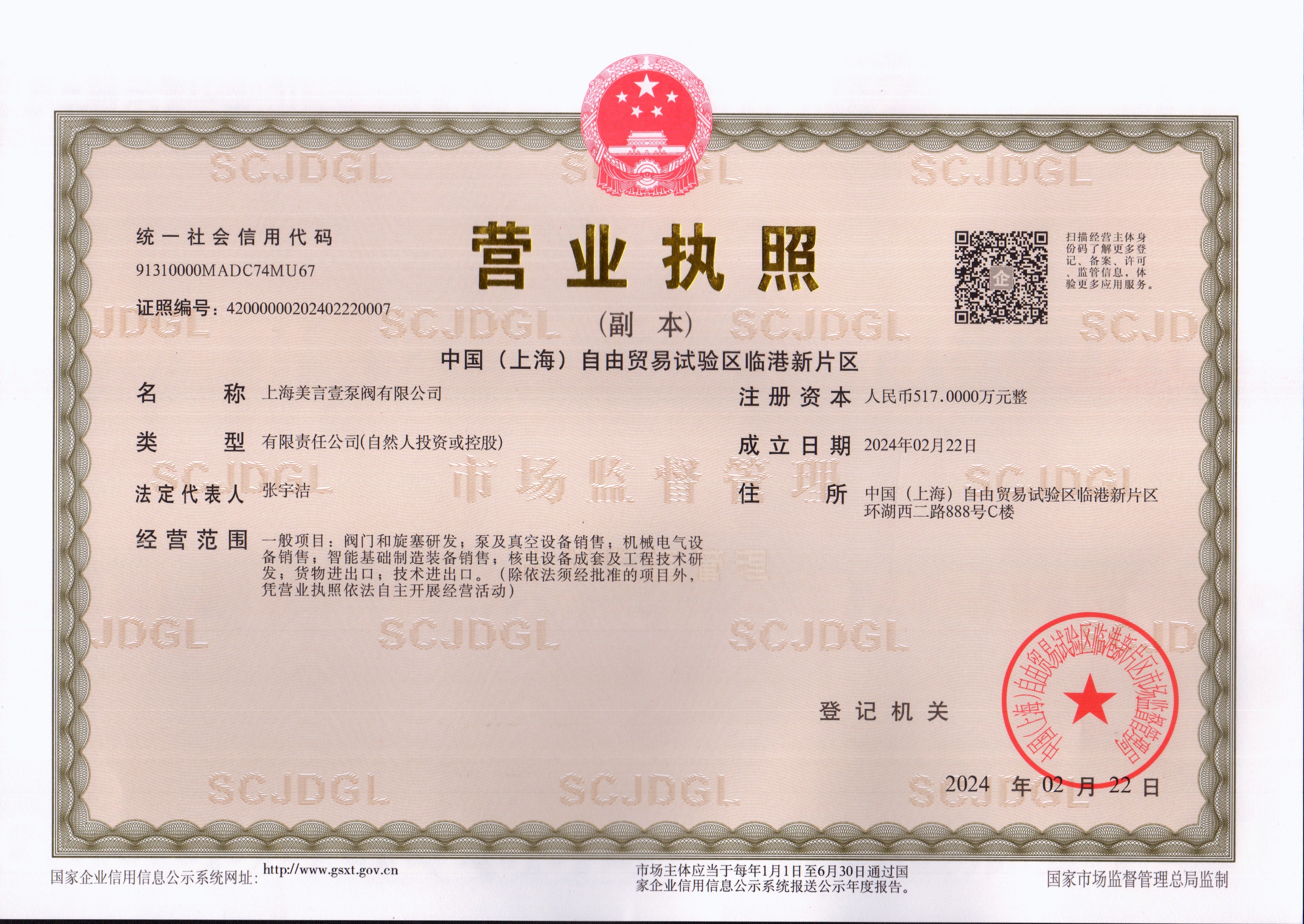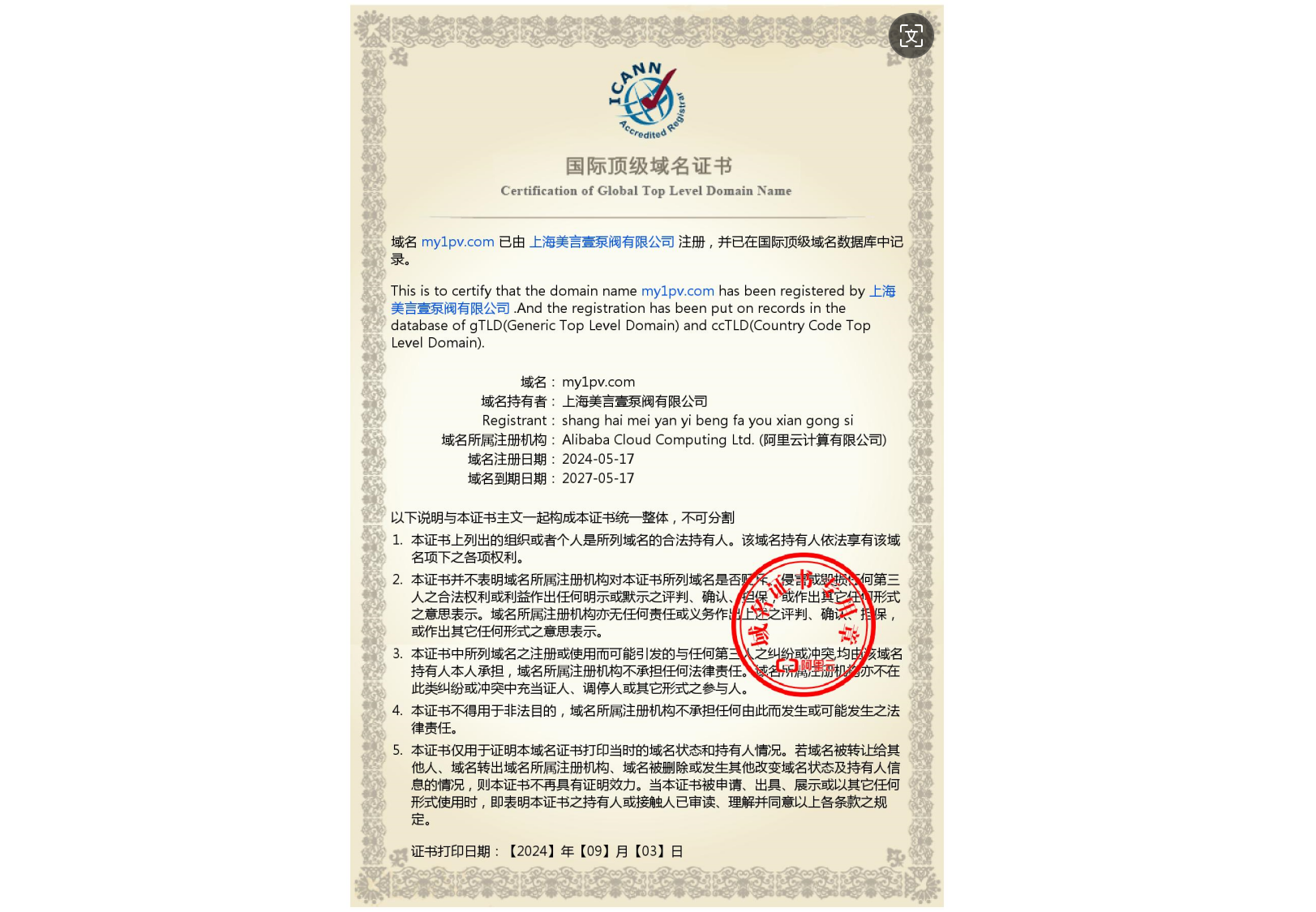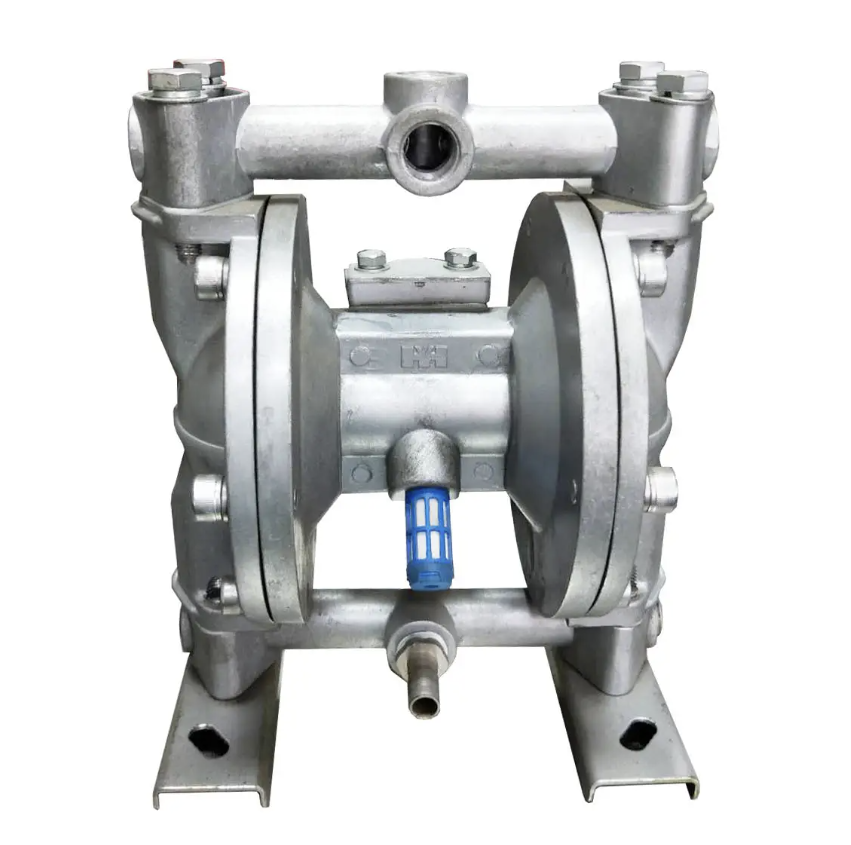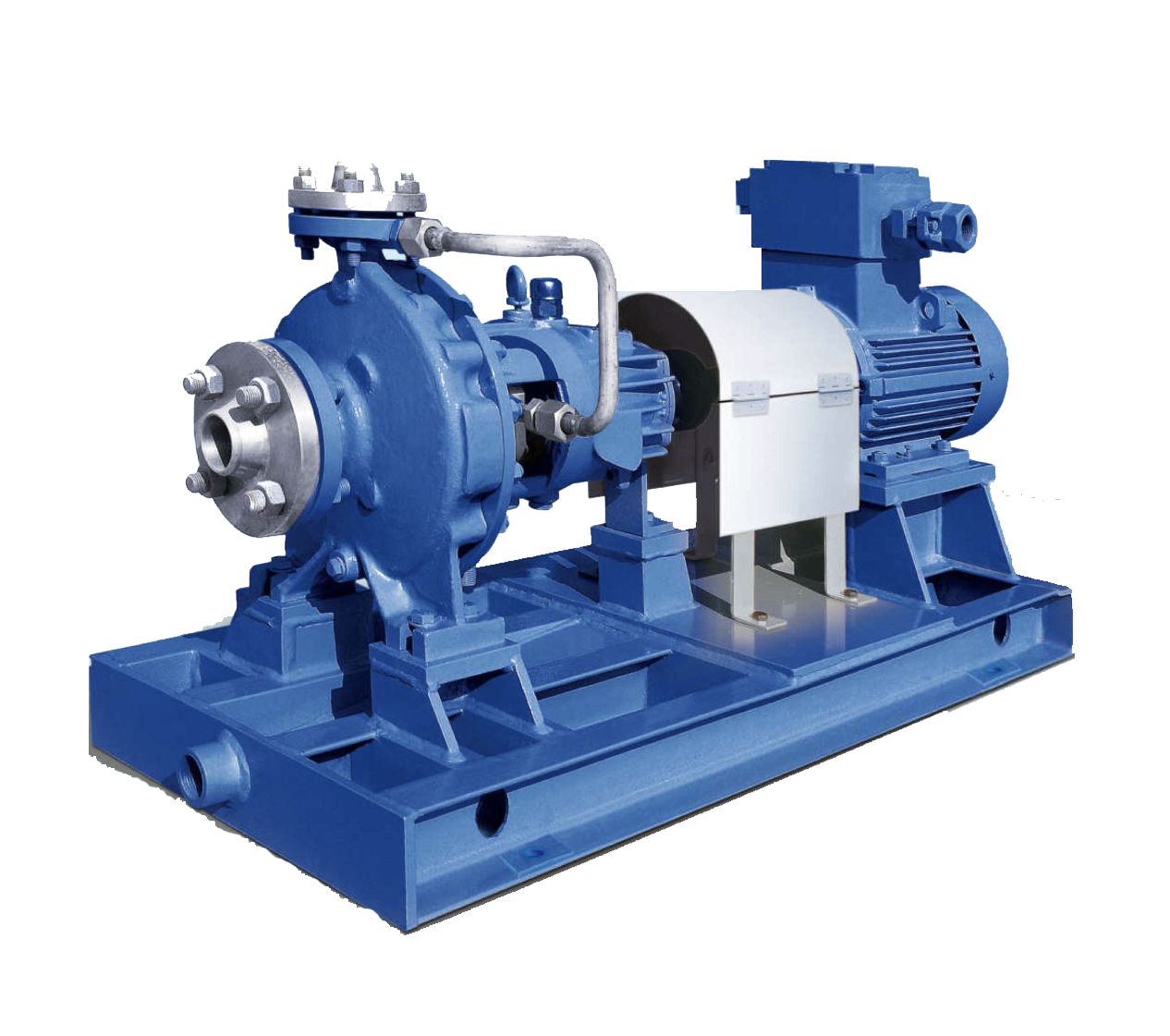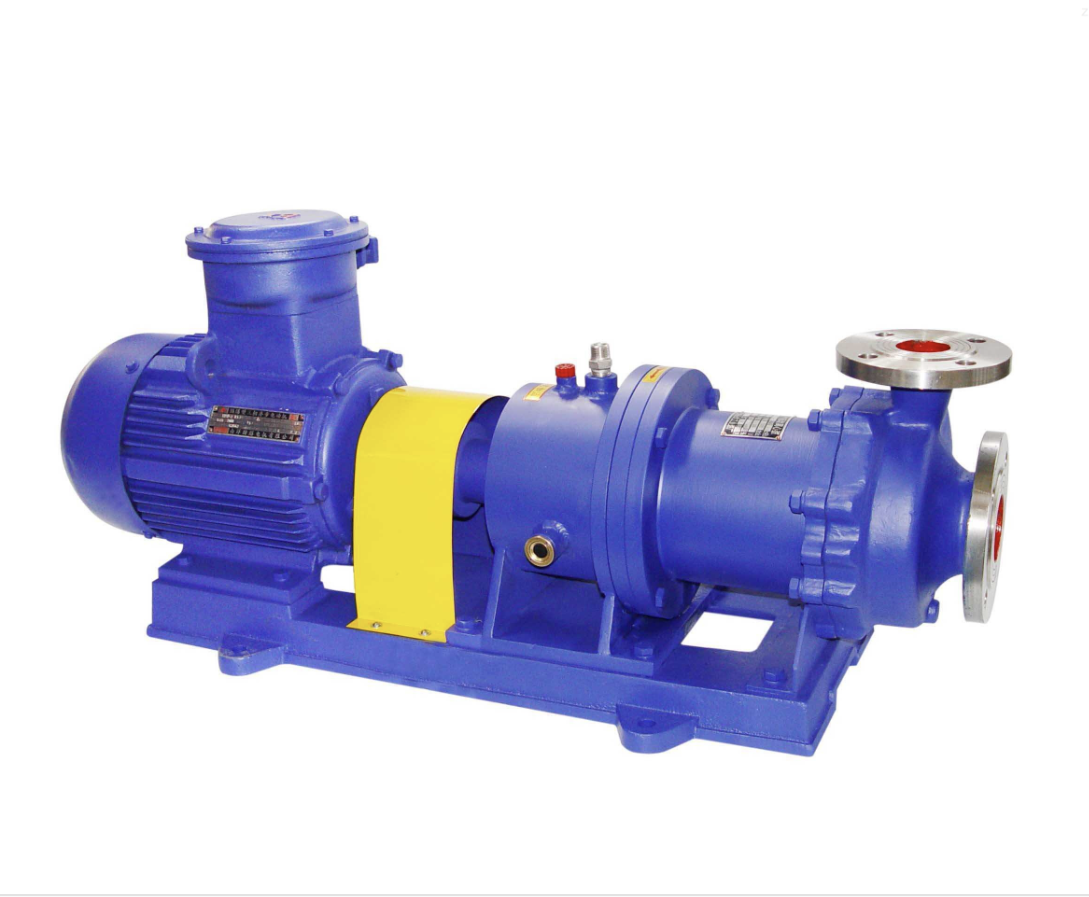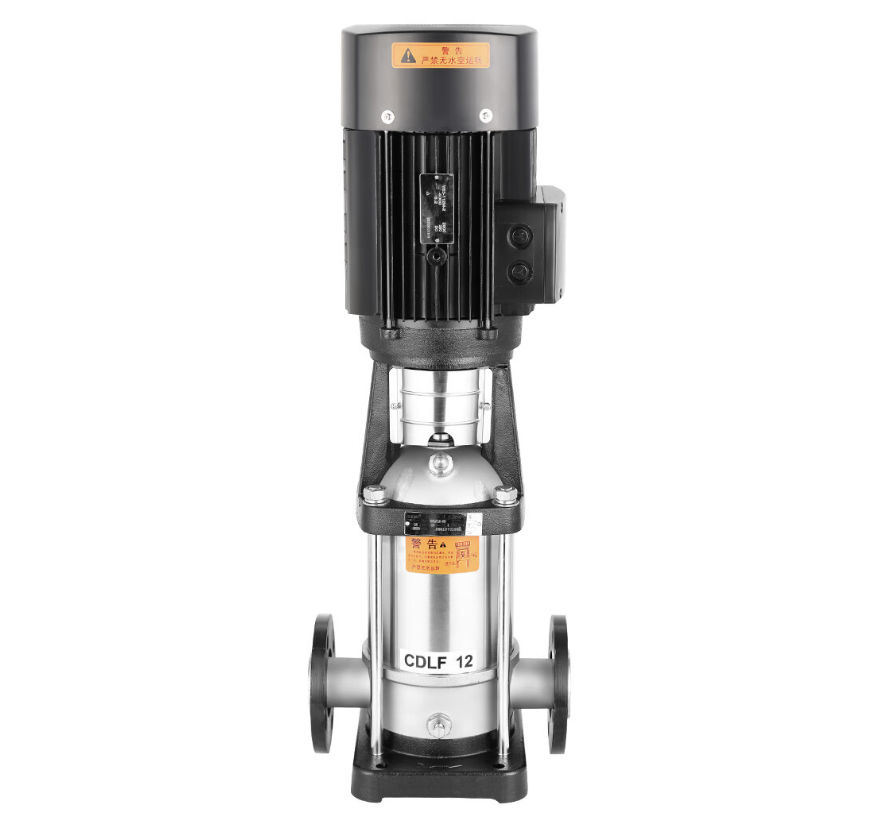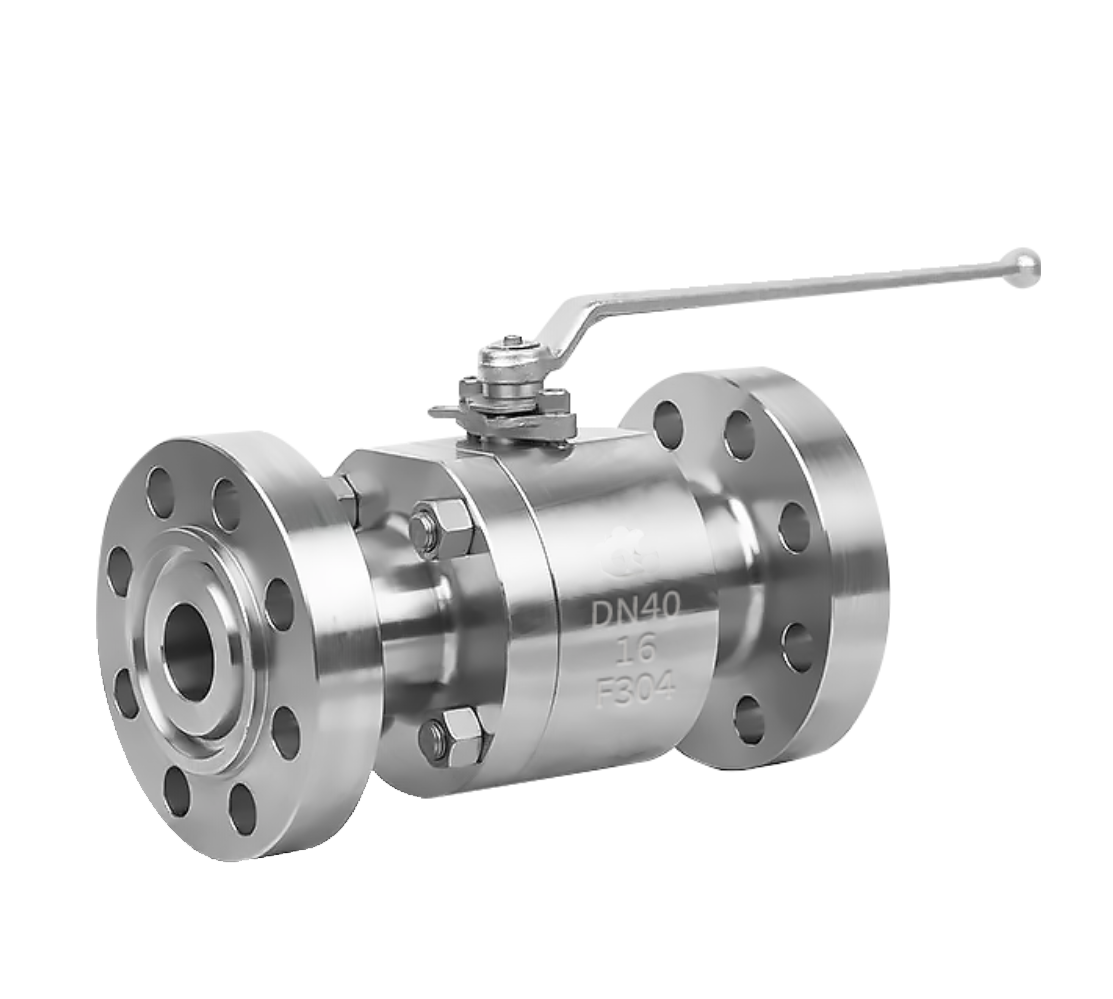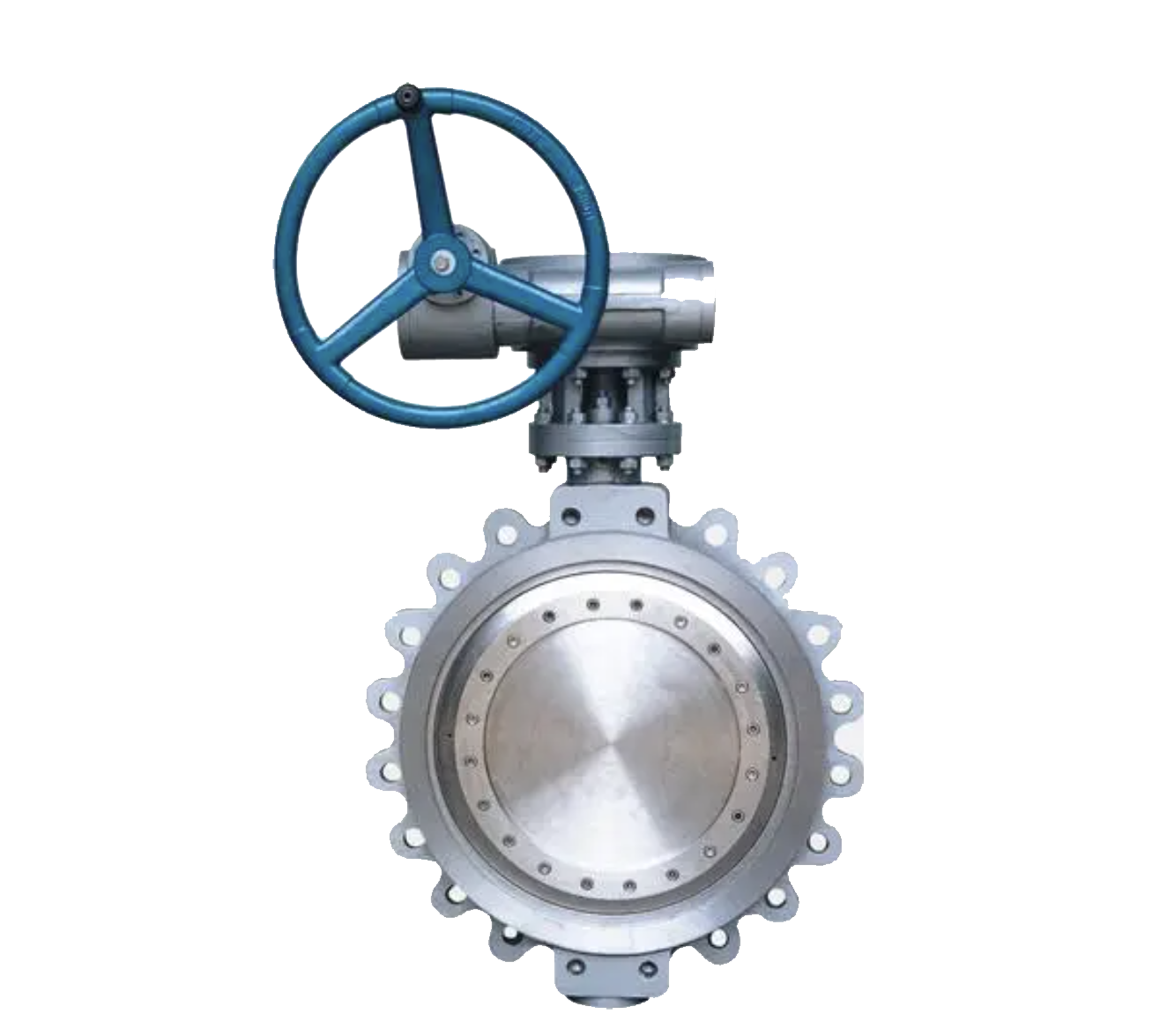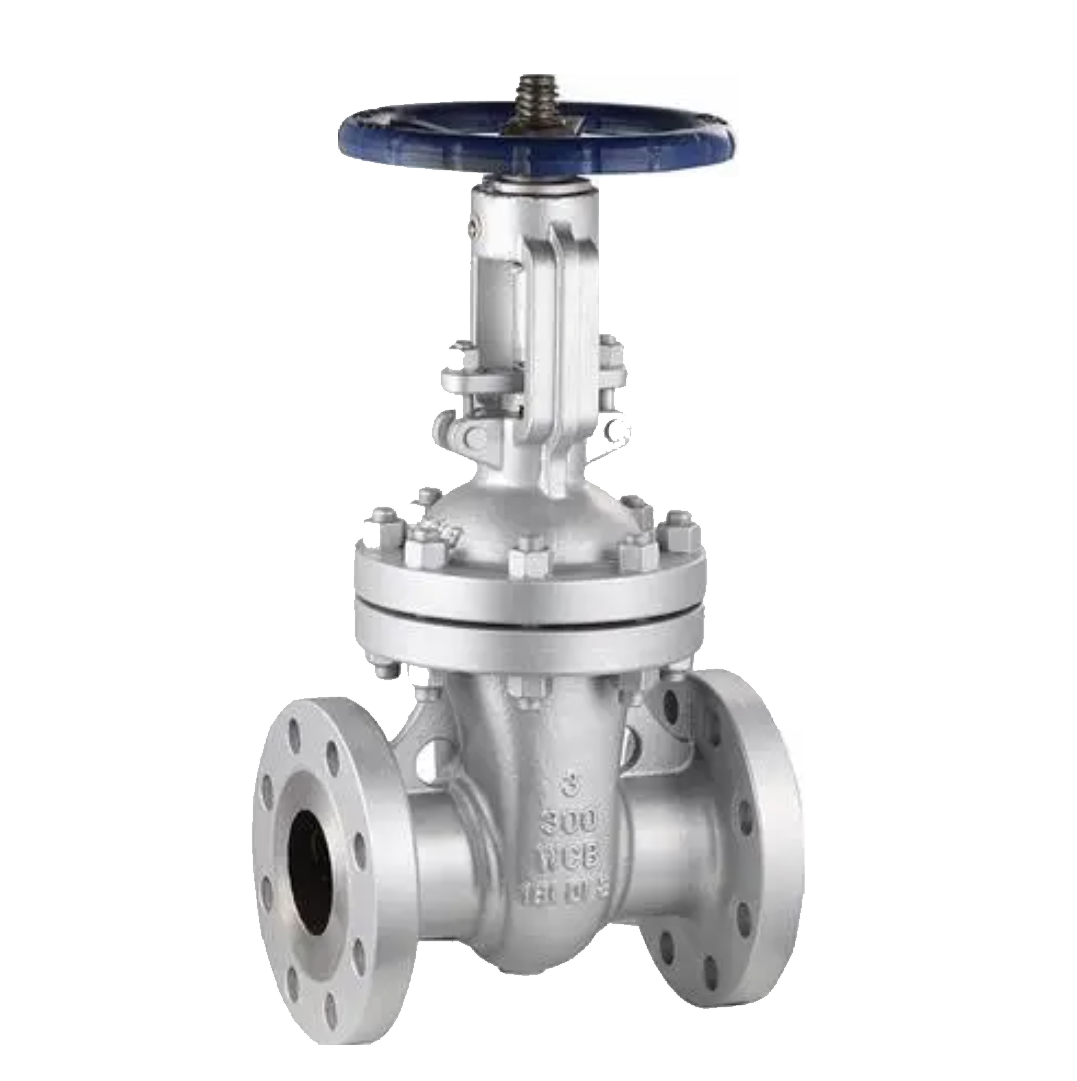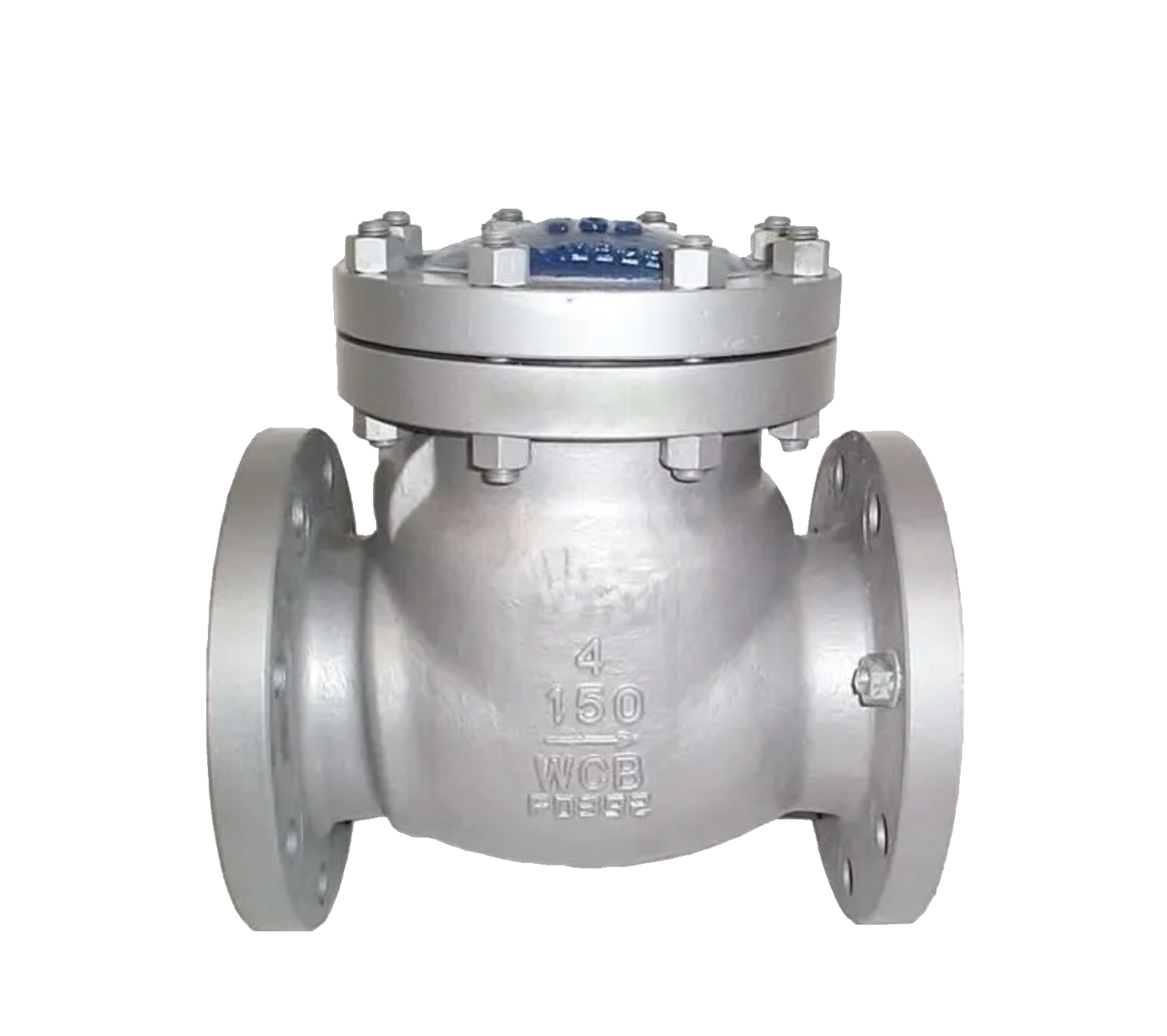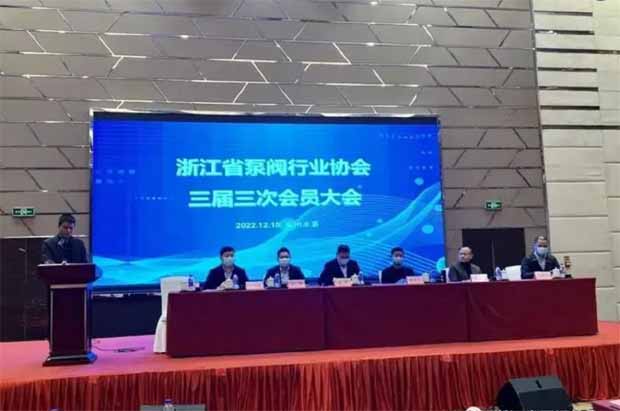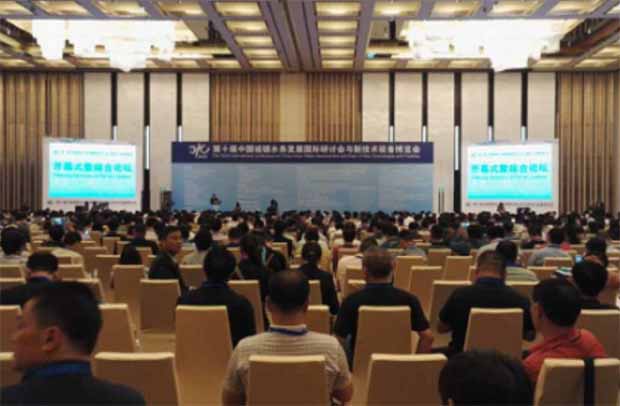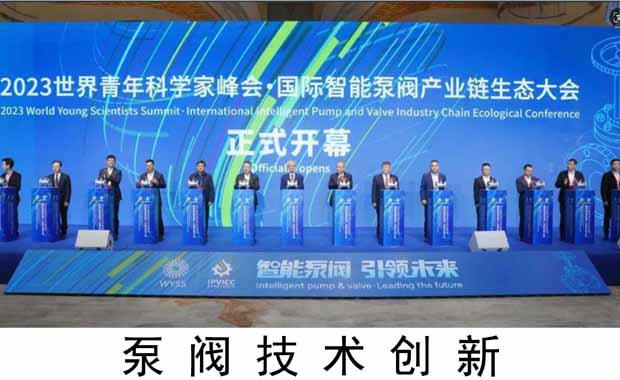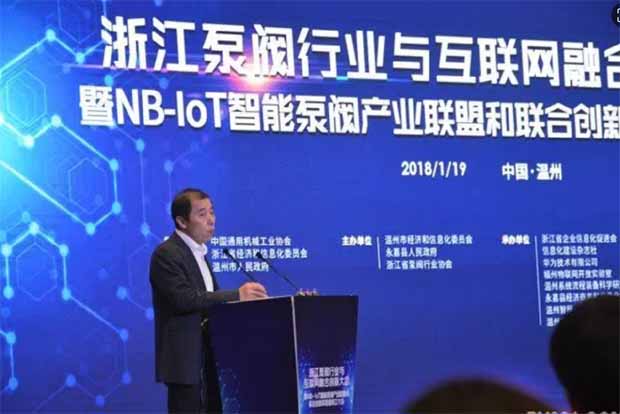Your location:
- ShangHai Meiyan Yi Pump & Valve Co.,LTD.
- Sales hotline:
+86 21 5640 2009 - Pump customer service:
+86 138 1691 3072 - Valve customer service:
+86 1381 6913 072 - E-mail:
my1pv@1bengfa.com
Analysis of the pump and valve industry itself
The self analysis of the pump and valve manufacturing industry includes an evaluation of the industry's competitive landscape, the company's own strength, and product characteristics.
1. Industry competition pattern: There is fierce competition in the pump and valve manufacturing industry, mainly manifested in fluctuations in supply and demand, intensified price competition, and competition for market share. There is competition among large pump and valve manufacturing enterprises, small and medium-sized pump and valve manufacturing enterprises, as well as some state-owned and private enterprises in the industry. At the same time, the pump and valve manufacturing industry is also facing competition from other energy alternatives, such as natural gas and renewable energy.
2. Enterprise's own strength: The enterprise's own strength in the pump and valve manufacturing industry has a significant impact on its competitive position and market share in the industry. Self strength includes enterprise scale, resource reserves, production capacity, technological level, supply chain management, market development ability, etc. Enterprises with larger scale, abundant resources, advanced technology, and efficient management have stronger competitiveness.
3. Product features: The characteristics of products in the pump and valve manufacturing industry have a significant impact on the competitiveness and market share of enterprises. The product features include calorific value, ash content, sulfur content, particle size, combustion characteristics, etc. Products in the pump and valve manufacturing industry with high calorific value, low ash content, and low sulfur content have higher market demand and competitiveness.
Based on their own analysis, enterprises in the pump and valve manufacturing industry can formulate corresponding development strategies and tactics, including efforts in technological innovation, resource integration, market expansion, brand building, and other aspects. At the same time, it is necessary to pay attention to environmental protection requirements and the trend of energy transformation, actively promote clean utilization, emission reduction, and carbon reduction in the pump and valve manufacturing industry, in order to adapt to industry development and changes in policy environment. The self analysis of the pump and valve manufacturing industry requires an evaluation of the industry's competitive landscape, the company's own strength, and product characteristics, in order to formulate corresponding development strategies and strategies, enhance the company's competitiveness and market share.
For the pump and valve manufacturing industry, the following is a SWOT analysis recommendation:
Ø Strengths:
S1: Technical advantages: The pump and valve manufacturing industry can evaluate its own technical strength, including advantages in research and development capabilities, manufacturing processes, and product quality.
S2: Brand awareness: If a company has a high brand awareness and reputation in the industry, it will be an advantage that helps attract customers and stabilize market share. S3: Cost advantage: If a company has a cost advantage in supply chain management and production efficiency, it can gain certain advantages in market competition.
Weaknesses:
W1: Technological lag: If a company's technological level is relatively lagging behind, it may lose its advantage in market competition.
W2: Market share: If a company has a relatively small market share, measures may need to be taken to increase market share.
W3: Lack of diversity: If a company's product line is relatively single, it may need to consider expanding product diversity to meet market demand.
Opportunities:
O1: Market demand growth: With the development of industrialization and urbanization, the market demand for pump and valve products may increase. Enterprises can seize this opportunity to expand their market share.
O2: Technological innovation: With the advancement of technology, new materials and manufacturing processes may bring opportunities to the pump and valve manufacturing industry. Enterprises can pay attention to and adopt new technologies to enhance product competitiveness.
O3: International market: If a company has the ability to enter the international market, it can seek cross-border cooperation and export opportunities to expand its business scope.
Threats:
T1: Market competition: There is fierce competition in the pump and valve manufacturing industry, and technological and brand advantages from other companies may pose a threat. Enterprises need to remain vigilant and take measures to enhance their competitiveness.
T2: Regulatory changes: Changes in environmental protection and safety standards may pose limitations and challenges to the pump and valve manufacturing industry. Enterprises need to timely understand and comply with relevant regulations, and adjust production and operational strategies.
T3: Economic fluctuations: The instability of the global economy may affect the demand and sales of the pump and valve manufacturing industry. Enterprises need to do a good job in risk management to cope with possible economic fluctuations.
Based on the above analysis, the following are some suggestions for action plans:
A1: Strengthen technological research and innovation to improve product quality and competitiveness.
A2: Expand market share and increase visibility through marketing and brand promotion.
Diversified product lines to meet the needs of different customers.
A4: Seeking international cooperation and export opportunities to expand business scope.
A5: Pay attention to changes in environmental protection and safety standards, and adjust enterprise operation strategies in a timely manner.

